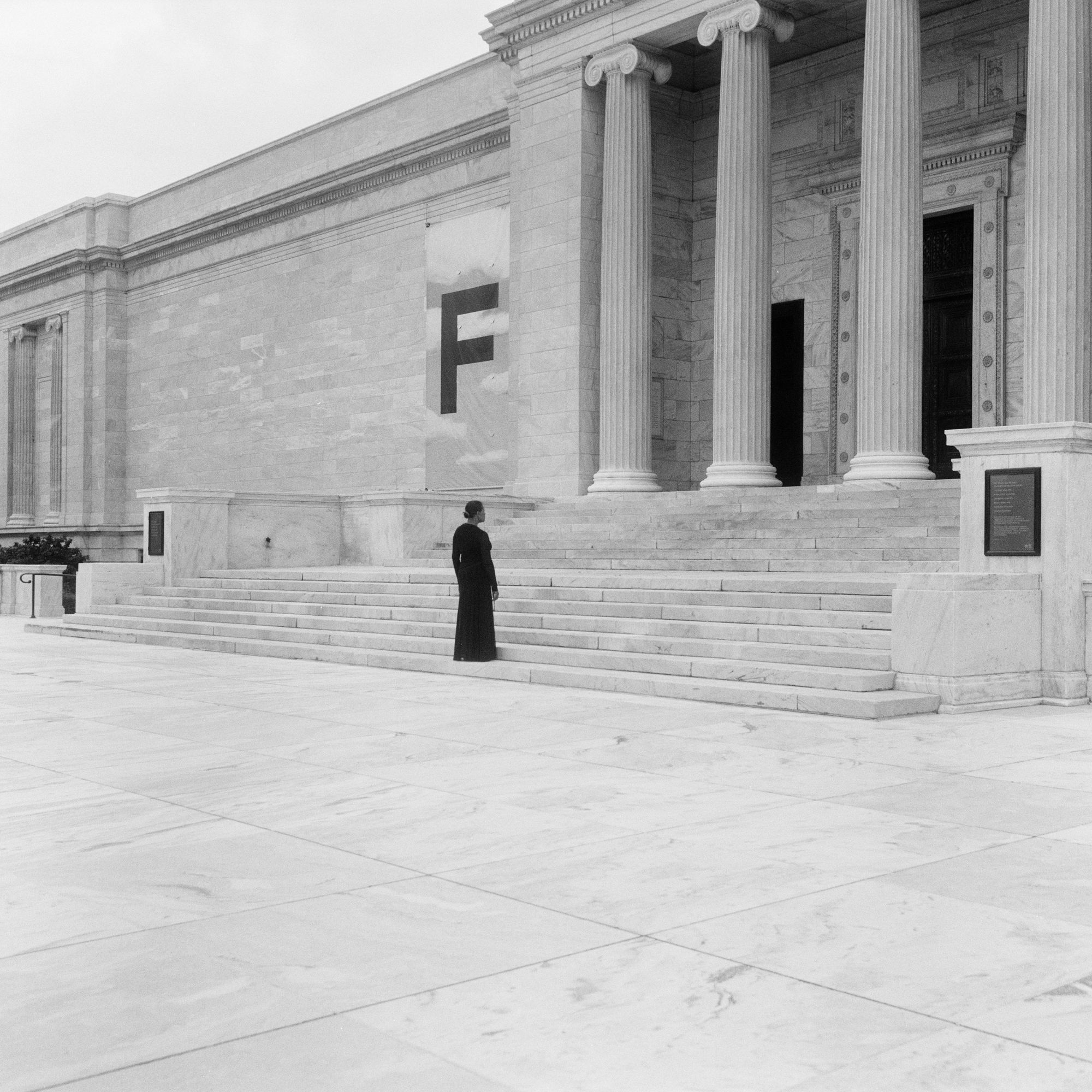
Carrie Mae Weems, The Cleveland Museum of Art – Cleveland, 2006–present © Carrie Mae Weems. Courtesy the artist and Gladstone Gallery, New York, Fraenkel Gallery, San Francisco, and Galerie Barbara Thumm, Berlin.
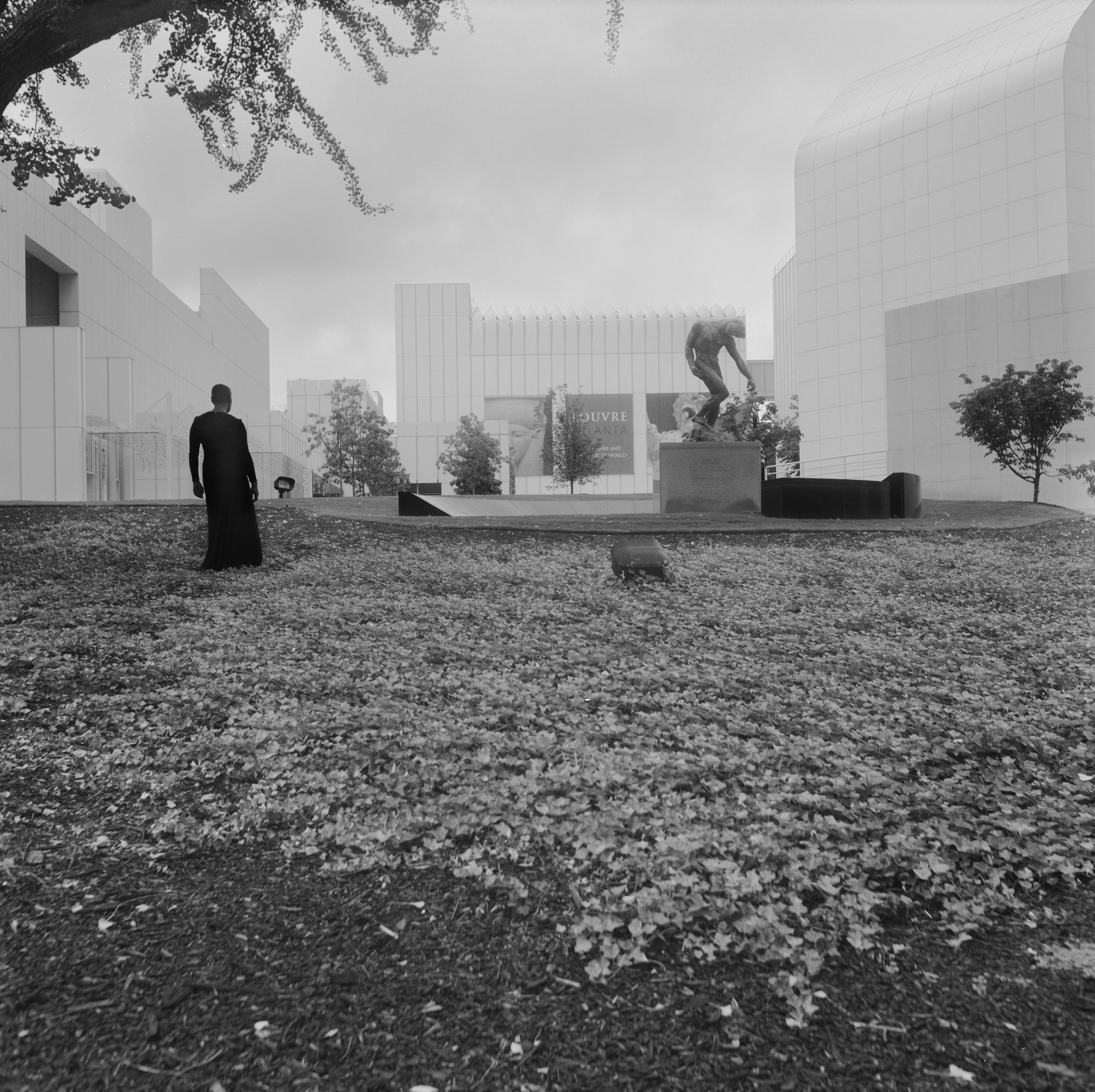
Carrie Mae Weems, The High Museum of Art, 2006–present © Carrie Mae Weems. Courtesy the artist and Gladstone Gallery, New York, Fraenkel Gallery, San Francisco, and Galerie Barbara Thumm, Berlin.
Based in Syracuse, New York, Carrie Mae Weems (born 1953) is an artist who investigates history, identity, and power, finding connections between personal experience and the larger structures and institutions that shape our lives. For over 40 years, Weems’s expansive practice, which includes analogue photography, writing, textile, audio, digital images, installations, and video, has given a voice to people whose stories have been silenced or ignored. Weems’s work can be found in the collections of New York’s Metropolitan Museum of Art, Los Angeles’s Museum of Contemporary Art, and London’s Tate Modern, among others. She is currently the artist in residence at Syracuse University. Her most recent New York exhibition, The Shape of Things, showed at Gladstone Gallery, September 14–November 9, 2024.
In Carrie Mae Weems’s series Museums (2006–ongoing), we encounter a work that simultaneously inhabits and challenges the space of institutional critique. Weems, positioning her body before the fortified façades of global art institutions such as the British Museum, the Louvre, or the Philadelphia Museum of Art, enacts a performance of presence that destabilizes the normative functions of both the photographic medium and the museum apparatus.
Weems’s photographic frame serves a dual purpose: it at once documents and constructs a new spatial paradigm. Her figure, against varying architectural backdrops, creates a visual meter, a human measure that recalibrates institutional grandeur. This formal device echoes Leon Battista Alberti’s idea of istoria in Renaissance painting, yet Weems inverts the relationship between figure and ground. Her silhouette, almost like a shadow, becomes less a subject within the frame than a lens through which we view the prospect, promise, and agitated deferral of her images.
Operating within a dialectic of visibility and invisibility, presence and absence, Weems creates a hybrid space of representation. Shrouded in black, her back to the viewer, she is a kind of a cipher— a stand-in for histories of exclusion and a harbinger of potential futures. This figural strategy recalls Jacques Rancière’s concept of the “part of those without part,” embodying those systematically excluded from the realm of representation, while simultaneously creating a new space of enunciation.
Each museum façade presents a unique formal language, yet all share a common function: to signify cultural legitimacy and regulate access. By consistently positioning herself as neither an insider nor outsider, but rather a figure on the threshold, Weems problematizes the very notion of architectural boundaries. She is the call and the architecture is the response. A dialogue that transcends traditional institutional critique creates a third space of negotiation. As Weems has stated, “I’m always looking at the ways in which power is exercised, so I’m always in a dialogue with history and the history of art.”
Like much of Weem’s work, Museums makes manifest Homi Bhabha’s concept of the “third space” — a site of hybridity and potential transformation. The museum façade, in Weems’s framing, becomes less a barrier than a membrane, a point of negotiation between public and private, and the “sanctified” space of art. Her recurring presence suggests a performative architecture, one that is activated by and continuously redefined by the bodies that inhabit architectural peripheries, and the potential of the gaze of those who stand outside.

Carrie Mae Weems, The Cleveland Museum of Art – Cleveland, 2006–present © Carrie Mae Weems. Courtesy the artist and Gladstone Gallery, New York, Fraenkel Gallery, San Francisco, and Galerie Barbara Thumm, Berlin.
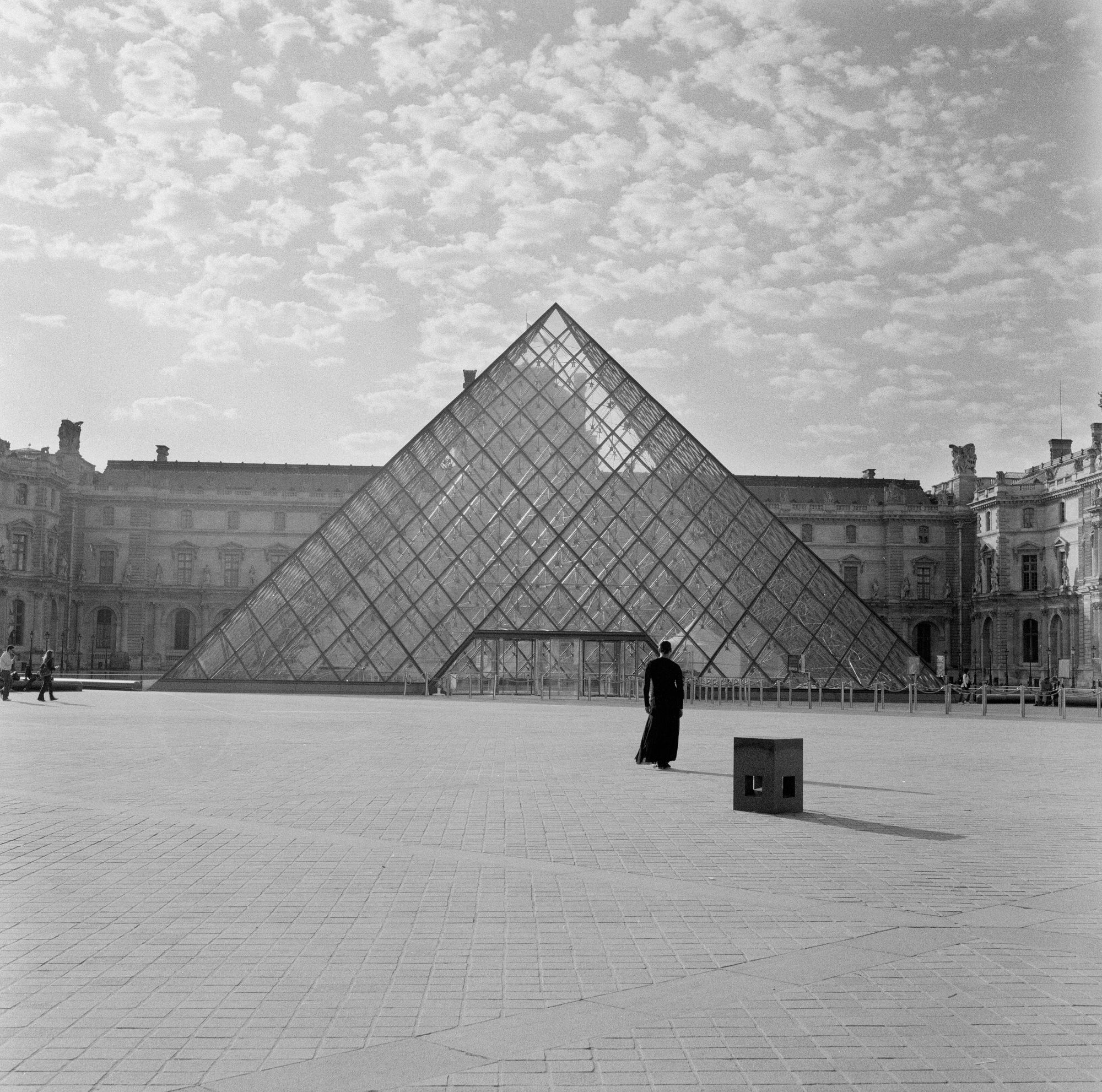
Carrie Mae Weems, The Louvre, 2006–present © Carrie Mae Weems. Courtesy the artist and Gladstone Gallery, New York, Fraenkel Gallery, San Francisco, and Galerie Barbara Thumm, Berlin.
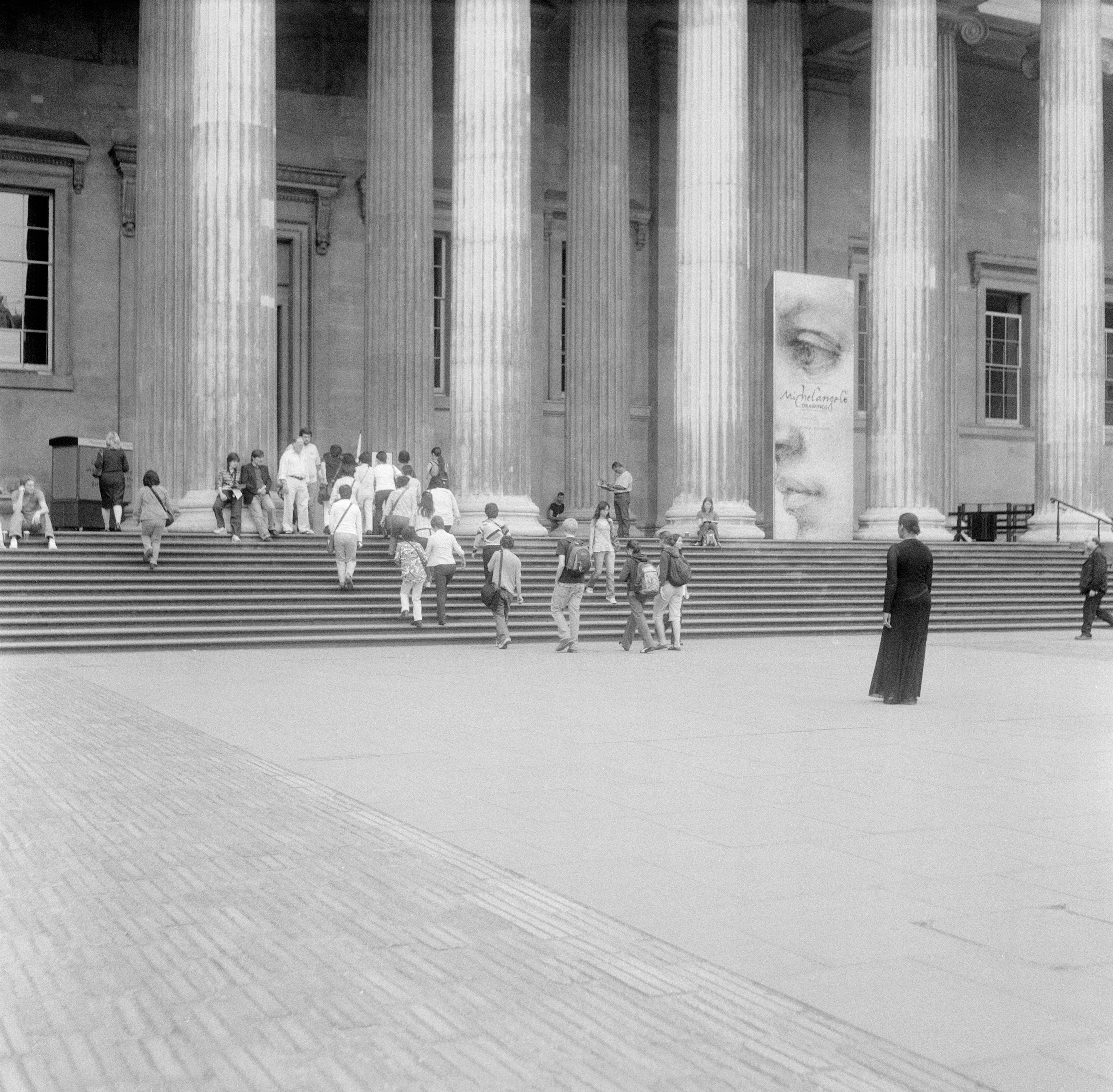
Carrie Mae Weems, The Cleveland Museum of Art – Cleveland, 2006–present © Carrie Mae Weems. Courtesy the artist and Gladstone Gallery, New York, Fraenkel Gallery, San Francisco, and Galerie Barbara Thumm, Berlin.
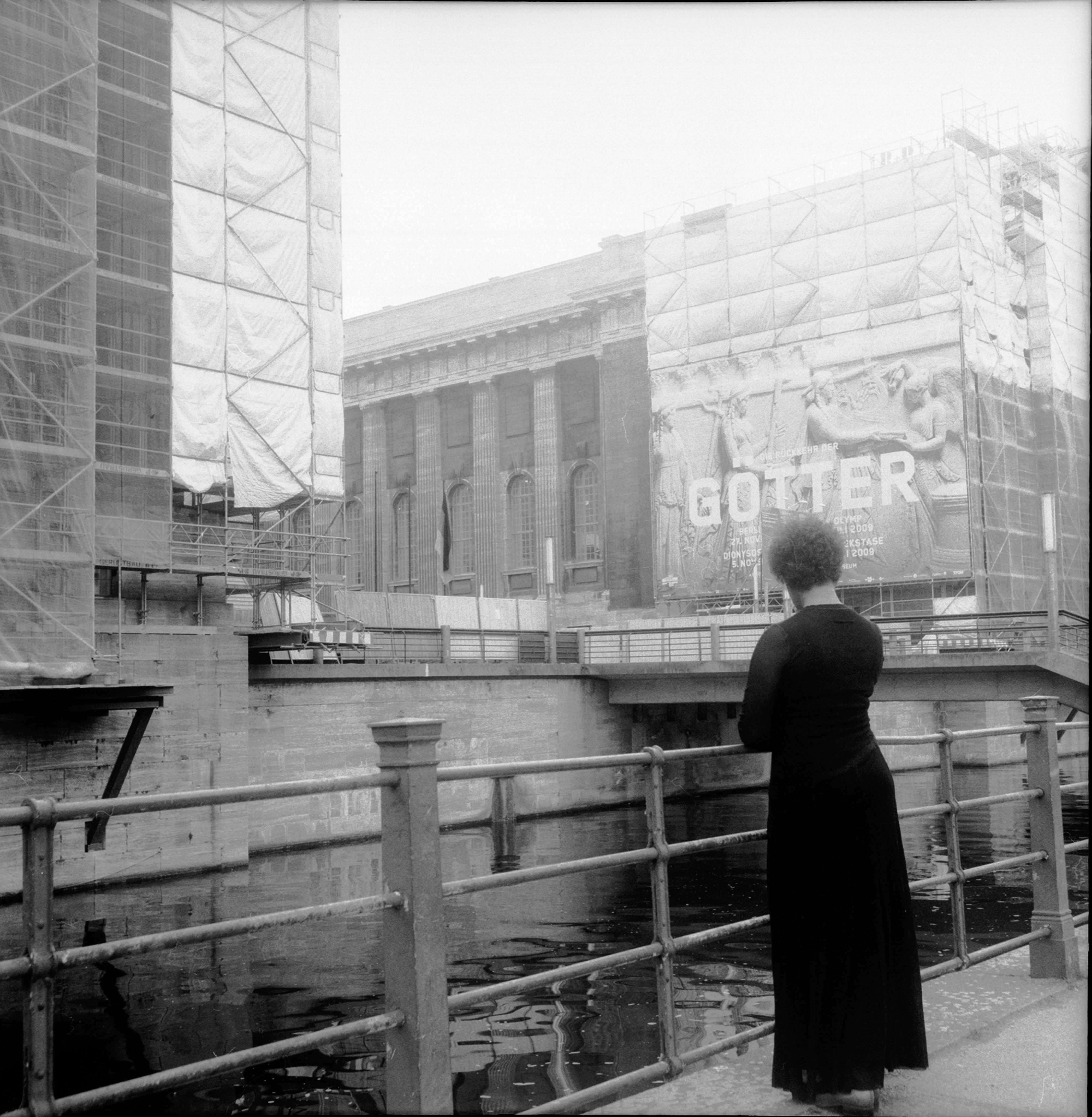
Carrie Mae Weems, Pergamon Museum Berlin, 2006–present © Carrie Mae Weems. Courtesy the artist and Gladstone Gallery, New York, Fraenkel Gallery, San Francisco, and Galerie Barbara Thumm, Berlin.
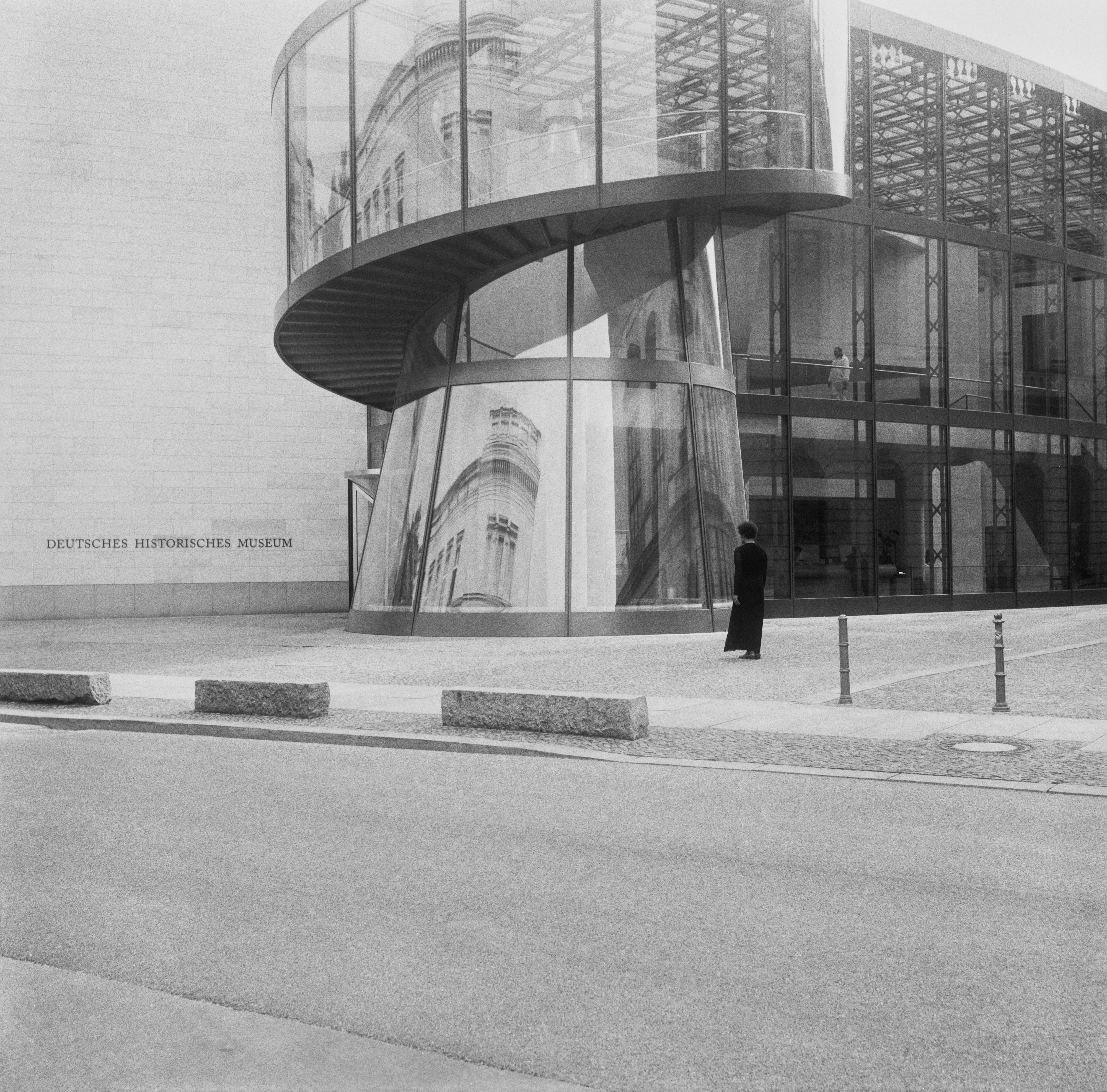
Carrie Mae Weems, Berlin History Museum, 2006–present © Carrie Mae Weems. Courtesy the artist and Gladstone Gallery, New York, Fraenkel Gallery, San Francisco, and Galerie Barbara Thumm, Berlin.